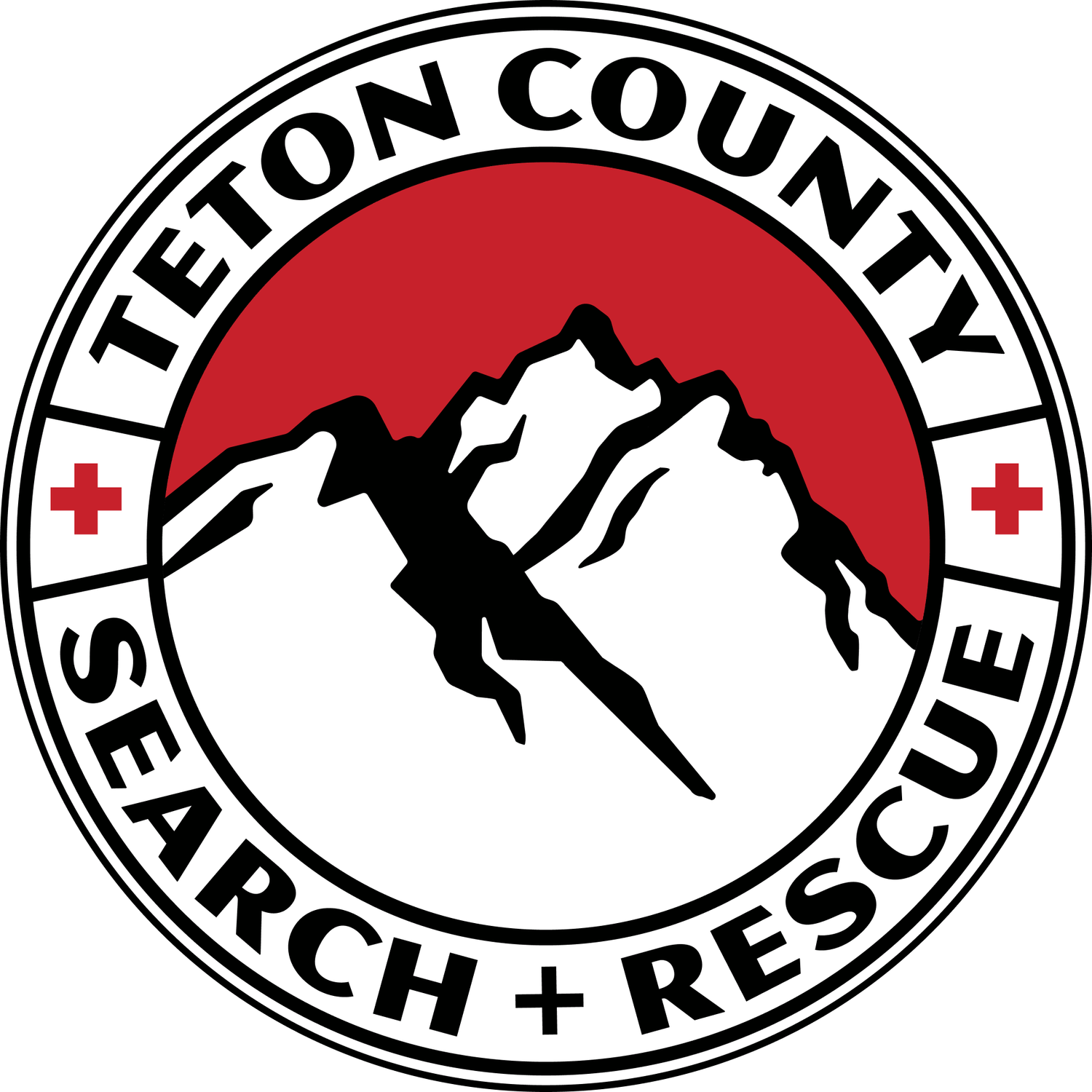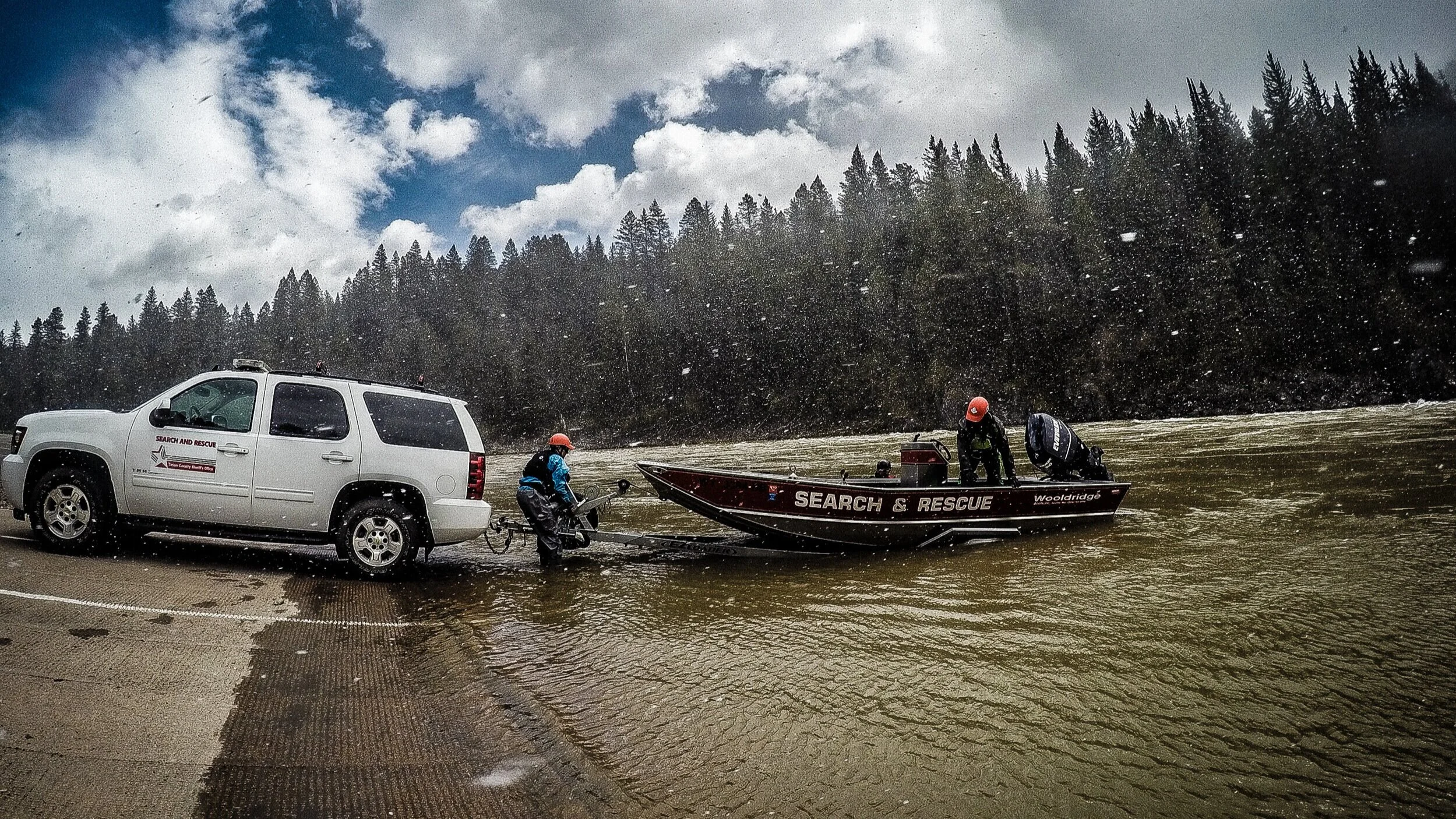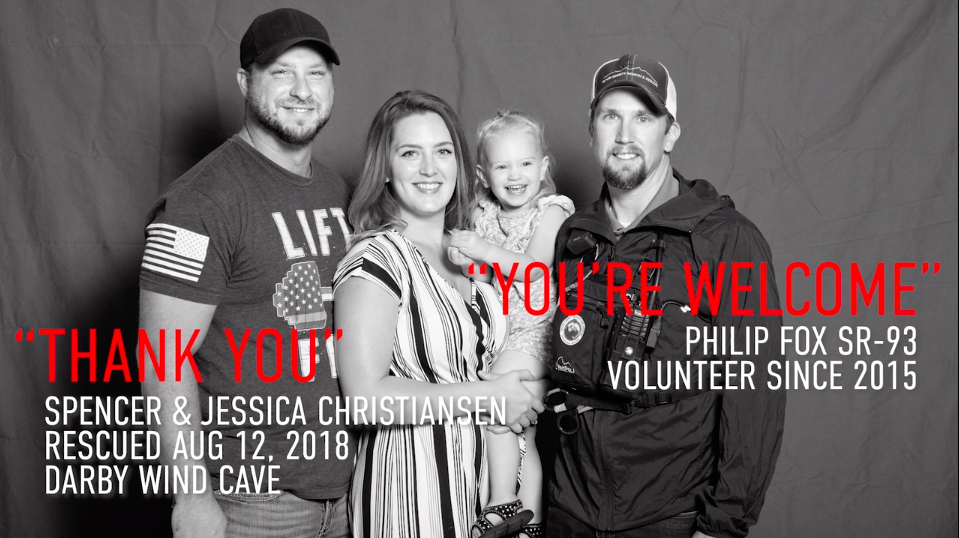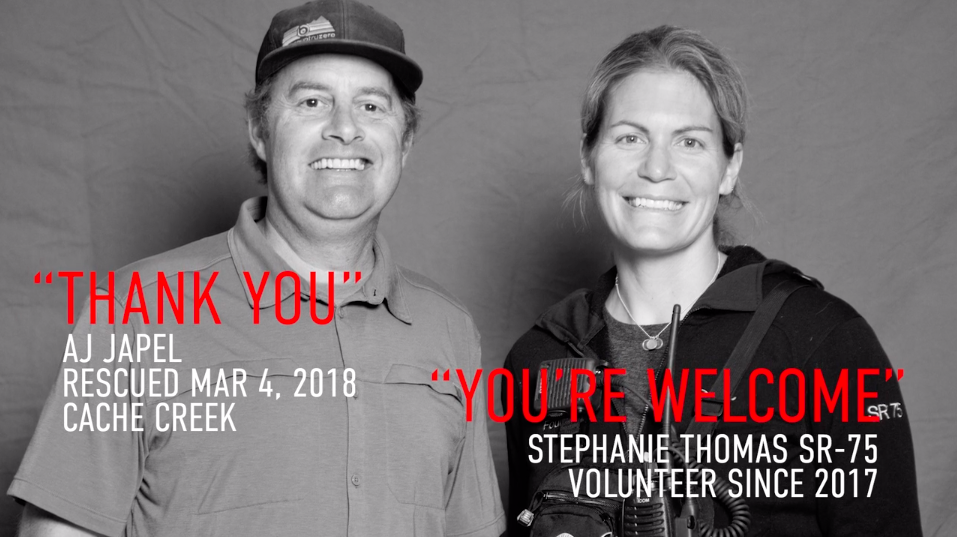What does Teton County Search and Rescue mean to you?
Community? Courage? Dependability?
That’s a difficult question, but one we asked several people this summer who had either been rescued by our all-volunteer team, or had an otherwise close relationship with SAR as a rescuer, board member, or business partner. Truth is, there is no wrong answer, as SAR means many things to many people.
For us, it all comes down to the service that we provide locals and visitors of Teton County, Wyoming, one of the world’s most outstanding backcountry recreation areas. At the end of the day, the most rewarding thing for our all-volunteer team is to help those in need in the backcountry find their way safely back to their friends and families. What that means is hard to qualify with a single word, but suffice to say it just makes us feel good.
These are just a few images we captured when someone who’s been rescued gets reunited with the person who came to their aid in the backcountry. Still photography by Morris Weintraub. Video shot and produced by Orijin Media.








